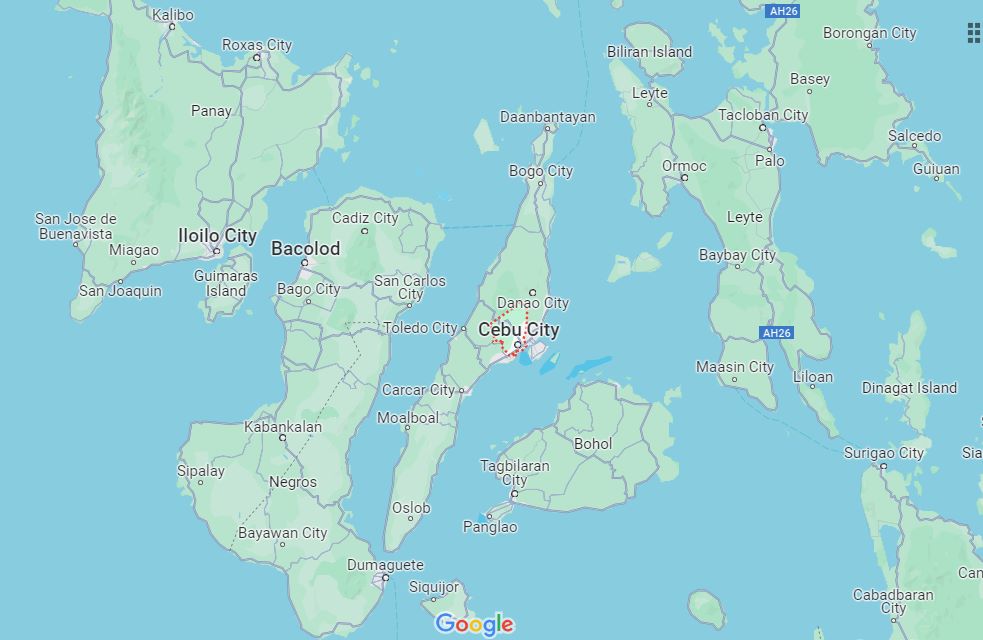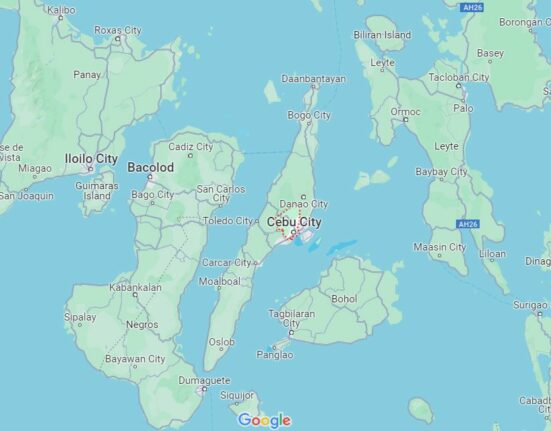CEBU Governor Gwendolyn Garcia has suspended classes indefinitely in the province because of the extreme heat.
”Due to the unusually high heat index in Cebu province, posing a risk to the well-being of our students, all classes are suspended until further notice,” Garcia said in a memorandum dated April 5, 2024, to the mayors, the Department of Education, and other stakeholders.
”This decision aligns with similar suspensions declared by other mayors within the province.”
The DepEd Central Visayas then issued a memorandum announcing the suspension of face-to-face classes within Cebu province and the shift to alternative delivery modes in compliance with Garcia’s order.
Local government units outside Cebu province have also suspended in-person classes due to dangerously high temperatures.
The months of March, April, and May are typically the hottest and driest in the archipelago nation, but conditions this year have been exacerbated by the El Niño weather phenomenon.
Many schools have no air conditioning, leaving students to swelter in crowded, poorly ventilated classrooms.
“Even my smartest student is not in the mood to answer questions because it’s very hot,” said Mayette Paulino, who teaches a grade two class of around 27 children near Manila.
She said “students feel tired and seem sleepy” as the heat intensified in the afternoon.
The DepEd, which oversees more than 47,000 schools nationwide, has issued an advisory giving school heads the power to decide when to switch to remote learning “in cases of extreme heat and other calamities.”
Official figures for Friday showed 5,288 schools had suspended in-person classes, affecting more than 3.6 million students, after 4,769 schools on Thursday.
Nearly 300 schools in Manila alone had remote learning on Friday, while the central regions of the main island of Luzon were the hardest hit, with more than 1,600 schools suspending in-person classes.
Some schools have reduced class hours to avoid teaching during the hottest times of the day.
‘Couldn’t take it’
Bheapril Balbin, 37, whose two children attend a primary school near Manila, supported the decision for students to stay home during the hot weather.
“The heat is too much, my children couldn’t take it,” Balbin told AFP.
“Some of their classmates got sick, they had a headache because of the extreme heat. My youngest has asthma, extreme heat is bad for him.”
The heat index was expected to reach the “danger” level of 43 or 44 degrees Celsius (107.6-109.4 degrees Fahrenheit) in several areas of the country on April 7 and 8, the state weather bureau PAGASA said.
The country’s heat index measures what a temperature feels like, taking into account humidity.
“The heat will get worse because we’re not yet at the peak of the summer season,” Lorie Dela Cruz, the state weather forecaster, told AFP, noting that the first half of May is usually the hottest period.
She said the actual temperature was “within the normal range” for this time of year.
Save the Children Philippines chief Alberto Muyot said on Wednesday that the extreme heat meant “children are simply unable to concentrate in the classroom, and their health is also at risk.”
with a report from Agence France-Presse









